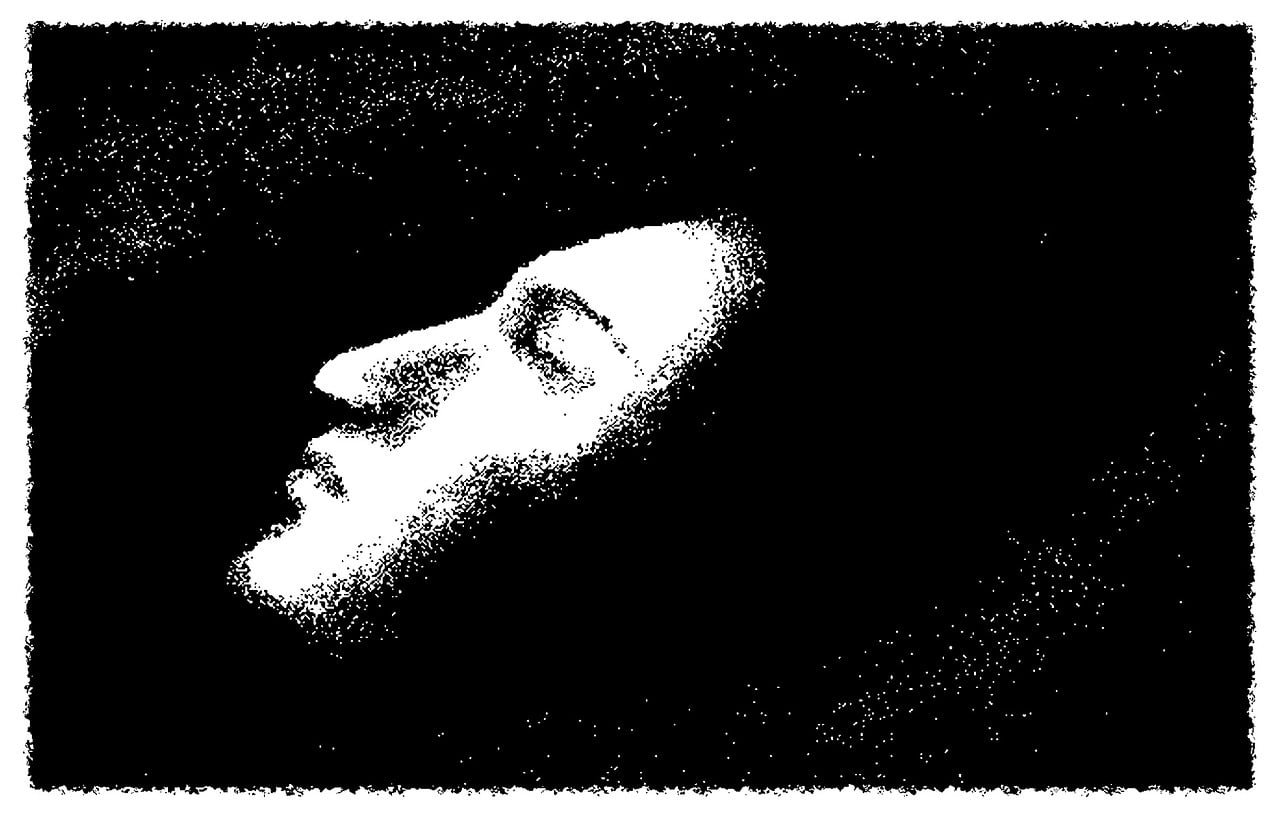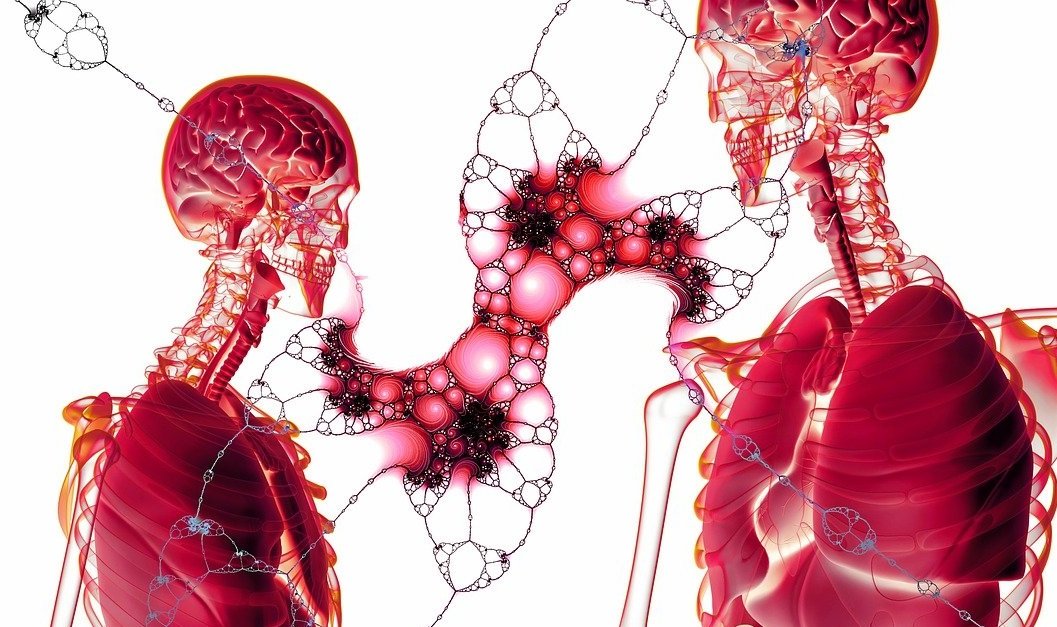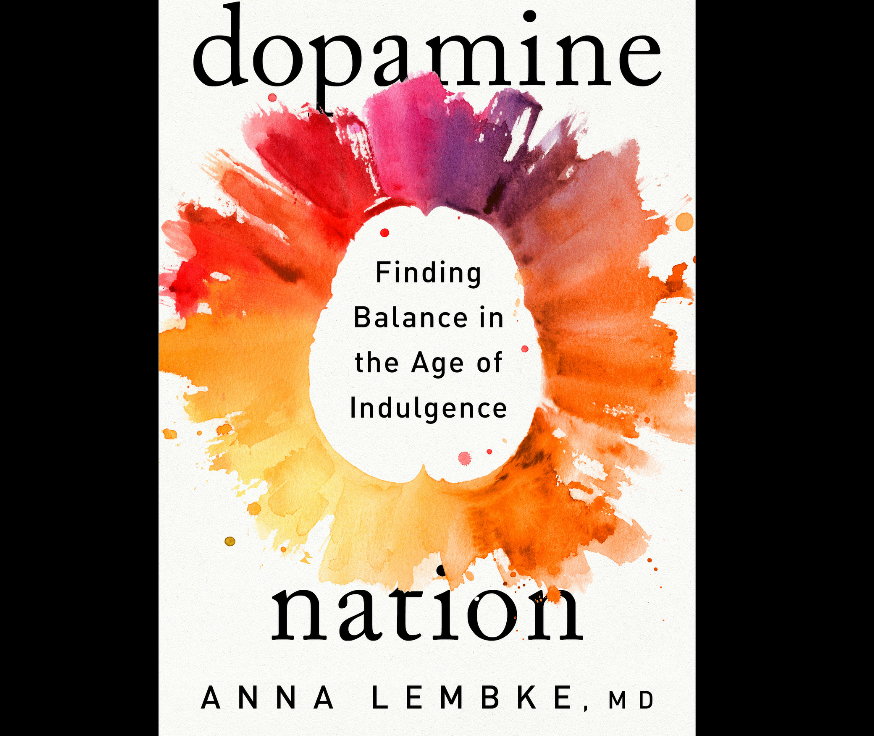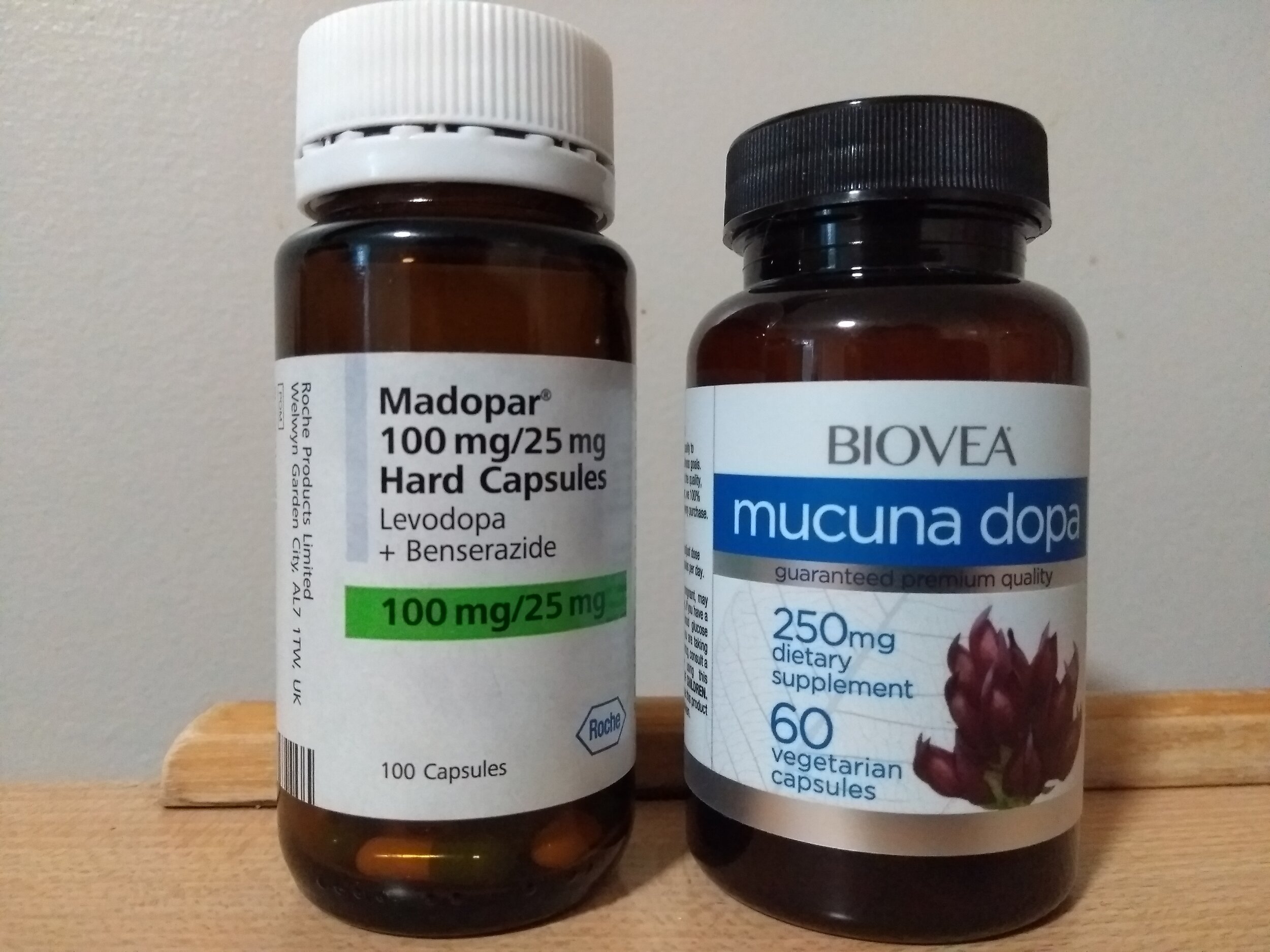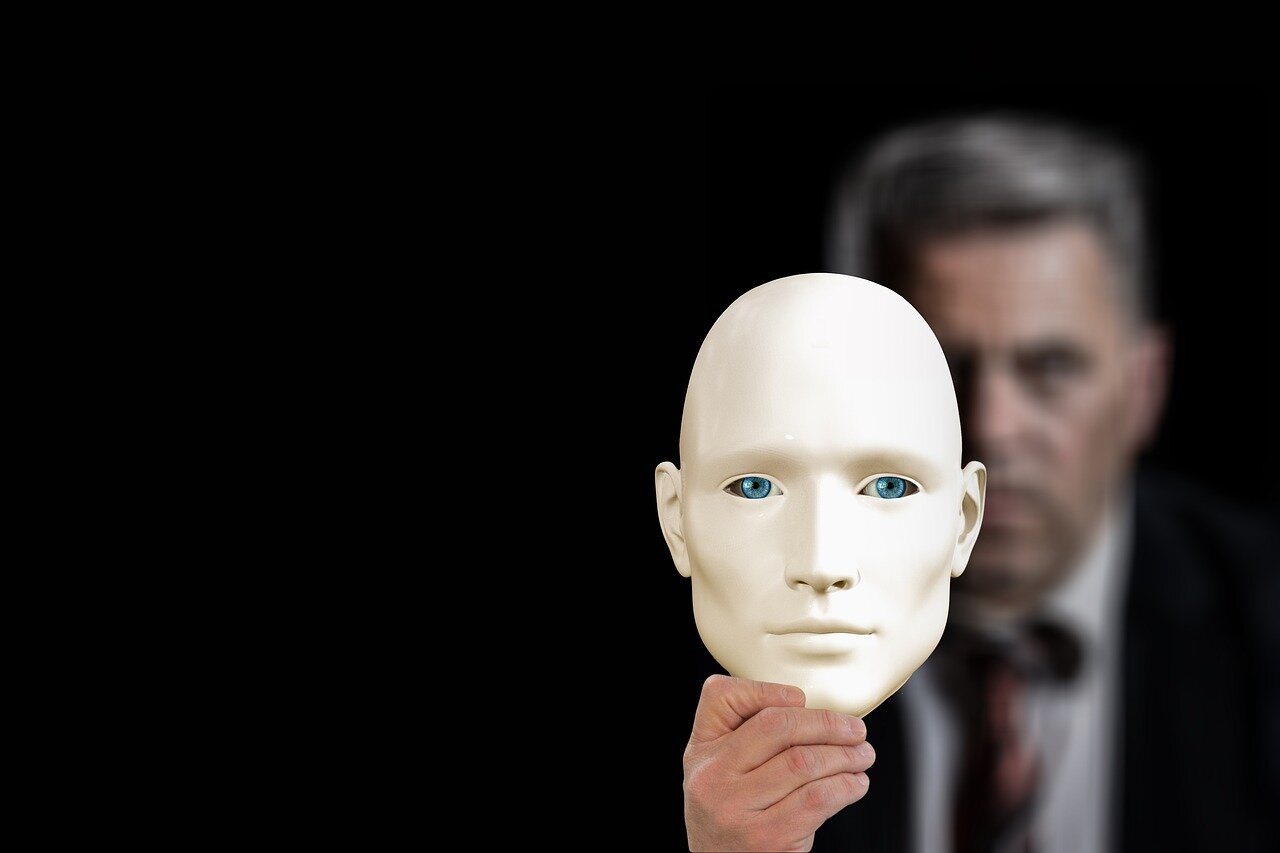As I've improved my condition, both mental and physical, I'm more able to tune in to what is actually happening in my mind and body when the Parkinson's takes hold. As I've pushed the envelope of my understanding and incorporated more interventions into my own life, tested, tried, self-experimented, it has become clearer to me...
Read MoreThe Nervous System and Parkinson's Disease
Now for the very good news. Since we now understand that PD is principally a problem with the Nervous System, it is entirely possible that we can pro-actively prevent further degeneration, and even regain what we've already lost, because Vagal Tone can always be improved, neurons regenerated, neural pathways re-written, and senses retrained
Read MoreHope and Parkinson's Disease
Here is the book review for the new book on Parkinson's (search for "Lilian Sjoeberg" on your local amazon and the book should come up).
Read MoreFright and Parkinson's Disease
In recently re-reading this excellent article, it struck me that, as part of their own literature review, the authors describe what it is like on the inside to be in the fright response, and hence according to my thesis, what is like to be symptomatic with PD.
Read MoreSleep and Parkinson's Disease, Part 2
At that time, I had not quite perfected my routine or sleep quality. I am now doing quite well with it, and my sleep is much better than it has probably ever been. So in this second part, I will just do a show and tell about the things I ended up implementing that actually worked for me, in case this is helpful for anyone else to follow.
Read MoreThe Endocannabinoid System and Parkinson's Disease
The Endocannabinoid System (eCBS) runs throughout our bodies and brains, and, as we will see, seems to have many of the functions we currently ascribe to the Autonomic Nervous System and the Vagus Nerve, or at least is a parallel system for these functions. This includes having a vital role in regulating stress and dopamine, indicating this system is likely to be highly relevant to Parkinson’s Disease.
Read MoreTremors and Parkinson's Disease
Fortunately, from the perspective that tremors are a manifestation of a stuck stress response, this type of symptom can be progressively alleviated through stress reduction techniques and therapy, by learning how to calm the nervous system, and by spending more time in totally relaxed states. Indeed, this is demonstrated in videos of people’s tremors disappearing when they are put into a trance state by a hypnotherapist, as in the video below, or by common anecdotal reports that when meditating, the tremors are not present.
Read MoreReducing Stress and Parkinson's Disease
I have used three hours a day for three years (more than three thousand hours) searching the internet for videos and studies that could give me answers. When I made my small test experiment with people with different diseases, I found that I could help them all with stress reduction. Regardless of diagnosis, I could help them reduce symptoms.
Read MoreStress, Situations, Symptoms and Parkinson's Disease
It is in the nature of chronic diseases that symptoms manifest most when our survival instincts (fight, flight, freeze) take over our body's function. This is why the severity and range of symptoms can vary moment to moment, hour to hour, or day by day, according to how stressed or how relaxed we are in that moment, for most chronic diseases. Here, I use the word stress in its widest possible interpretation, to denote anything which may be troubling us in the present moment, e.g. feelings, accidents, trauma, troublesome relationships, financial problems, small unresolved situations from childhood, that may seem insignificant to an adult.
Read MoreEarly Retirement and Parkinson's Disease
By Florencia Cerruti, person with Parkinson’s Disease and author of Rebirth at 50: in the end, it was not The End.
Very shortly after my diagnosis of Parkinson's disease at age forty seven, I asked a neurologist how long I should work. His answer was: "Until the last day that the disease allows it." His words echoed within me: what would happen that day? Would I be the one to decide or would it be my colleagues and bosses at work who would warn me before I had the chance to decide? What would the signal be? In any case, what would it be like to work until the last day the disorder would allow me to?
Read MoreSurvival Instincts and Parkinson's Disease
To help shake off the gloom about this, I call our survival instincts our superpowers, because it is a more resourceful way to look at the body and the problems we might be experiencing. Try saying "thank you, body, for keeping me safe, but now it is time to bring me out of the safe survival state and back to the normal range of health and grow." This ought to give us a little more faith in the dispositions of our body.
Read MoreMotivation, Pleasure, Pain and Parkinson's Disease
The activation of the habenula inhibits or deactivates the dopamine neurons in the substantia nigra and ventral tegmental area, and, conversely excites or activates them when it is deactivated. This has profound implications for PD, as this points to the possibility that it is not cell death which causes the issues in PD, but chronic activation of the habenula permanently switching off the cells in the substantia nigra from producing dopamine. This is a more hopeful hypothesis, as it means the cells are just dormant, not dead. If we can figure out how to deactivate the habenula, this could provide significant symptom reduction.
Read MoreDopamine and Parkinson's Disease
The Huberman Lab podcast is a lecture series by Prof. Andrew Huberman, professor of neurobiology and ophthalmology at Stanford School of Medicine, on practical and free tools for optimizing health based on the very latest neuroscience and human biology research. This podcast contains vital, actionable, and need-to-know information for people with Parkinson’s Disease, in particular of the latest pragmatic research into dopamine biochemistry. Dopamine is the major neuromodulator which is most problematic in PD, and the target for the mainstay medical interventions. So here I’ve extracted from the podcast episodes the timestamps of everything Prof. Huberman has to teach us on the subject of how to optimize our dopamine biochemistry. The format is the episode title, in order of release, followed by the corresponding timestamp links and descriptions whenever dopamine is referred to.
Read MorePodcast Therapy and Parkinson's Disease
I decided I would seek out more examples which could have similar therapeutic value, and began spend most of my off time watching such podcasts. I particular, I discovered subjects which interest me, featuring people who are calm, positive and engaged, with styles that make one feel like part of a conversation, featuring people who I think I would feel safe with in real life. Conversations which inspire me, instil a sense of curiosity and learning, make me feel engaged with, give me moments of joy, empathy, compassion, connection or hope are the ones which I am finding work best. This does feel like a much more therapeutic way to get through the day. It also provides a sense of being more productive, since even though I have a lot of enforced downtime, at least I'm learning new things, many of which are actionable and pragmatic, and hence this also assuages some of the feelings that my life is being stolen by PD.
Read MoreRelationships and Parkinson's Disease
This series of articles includes many self-help tips on how to potentially improve/prevent further atrophy of the cranial nerve functions, to try to increase “vagal tone”. The hope is to delay, or even reverse, the losses of facial expression, light in the eyes, melody in the voice, and ability to listen, all of which can impact significantly on other people’s chances at being able to relate to us, as well as our own ability to read with veracity the social cues coming from others.
Read MoreSleep and Parkinson's Disease
In this article, we consider the role of sleep on PD symptoms. I believe that getting good sleep is absolutely foundational, on which all other progressive symptom reduction strategies rest. Indeed, Florencia Cerruti, author of Rebirth at 50: in the end it was not The End, points out that poor sleep, along with stress, is to people with PD like Kryptonite is to Superman. Unfortunately, sleep problems are extremely common with PD.
Read MoreCell Danger Response and Parkinson's Disease
The Cell Danger Response (CDR) provides an explanation and framework of understanding for chronic illnesses, including Idiopathic Parkinson’s Disease. According to this framework, the CDR occurs when a cell in the body detects a threat to its existence or that it is in some sort of mortal danger. When a cell thus loses its sense of safety, it moves via the CDR from contributing to the health and vitality of the body towards an “on guard” state of self-perseveration, and then alerts other cells to the danger by releasing chemicals, which can, in turn, set off their CDR, potentially leading to domino or cascade effect. If the threat is maintained long enough, eventually the CDR results in the cell going into a shut-down or hibernatory state, to wait it out until the danger has passed. When enough cells in the body get stuck in a Cell Danger Response, some from of chronic illness ensues.
Read MoreBreathing Disorders and Parkinson's Disease
Some of the common “symptoms” of Parkinson’s Disease could be reframed as behavioural patterns contributing to overall symptomology, but which can be ameliorated through appropriate retraining to help with progressive symptom reduction. Examples of such retrainable “habits” include issues with posture, mindset and breathing. These patterns tend to impact each other, for example habitual mouth breathing can result in the forward head position common in PD. People with PD will often see in hindsight that, once identified, these problematic habits were apparent years before diagnosis. In this article, we specifically consider how unhealthy, but fixable, breathing patterns could be an exacerbating factor in PD. We will cover how poor breathing interacts with, and may even be causal of, many other symptoms, and explore what we can do to improve our quality of life by taking action to retrain our breath.
Read MoreFeeling Safe and Parkinson's Disease
This article seeks to convey pragmatic and applicable knowledge of the human nervous system to people affected by Parkinson’s Disease and those involved in providing healthcare and caregiving, as well as to try to summarize for myself my own current understandings of these concepts. In particular, we explore the role of people, attitudes and relationships in the lived experience of people with PD.
Read MoreNoradrenaline, Adrenaline, Dopamine and Parkinson's Disease
Dopamine itself is a building block of other neurotransmitters and hormones. Indeed, the reaction pathways can proceed further as:
DOPAMINE -> NORADRENALINE (made in the body brain from Dopamine) -> ADRENALINE (made in the body and brain from Noradrenaline).
Read More



